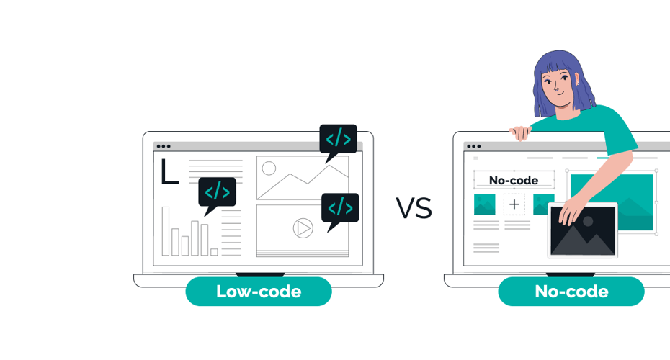Dev
1M
311

Image Credit: Dev
The Rise of Low-Code/No-Code Platforms in Web Development
- Low-code/no-code platforms are revolutionizing web application development by enabling users to create sophisticated apps without extensive coding.
- Low-code platforms require minimal coding and offer visual interfaces for drag-and-drop development, while no-code platforms enable non-developers to create apps without programming knowledge.
- These platforms accelerate time-to-market by simplifying the development process and reducing the need for extensive coding.
- They are cost-effective, democratize web development, empower citizen developers, and facilitate collaboration between developers and non-developers.
- Low-code/no-code platforms support rapid prototyping, scalability, integration with third-party services, and offer flexibility for customization.
- Popular platforms in this space include Bubble, OutSystems, Webflow, Zapier, and AppGyver, catering to various development needs.
- Challenges include limited customization, scalability limitations, and potential vendor lock-in due to proprietary systems.
- Overall, low-code/no-code platforms are transforming the web app development landscape, empowering businesses to innovate and launch applications efficiently.
- As technology advances, these platforms are expected to become more powerful and integrated, offering a promising future for digital innovation.
Read Full Article
18 Likes
For uninterrupted reading, download the app